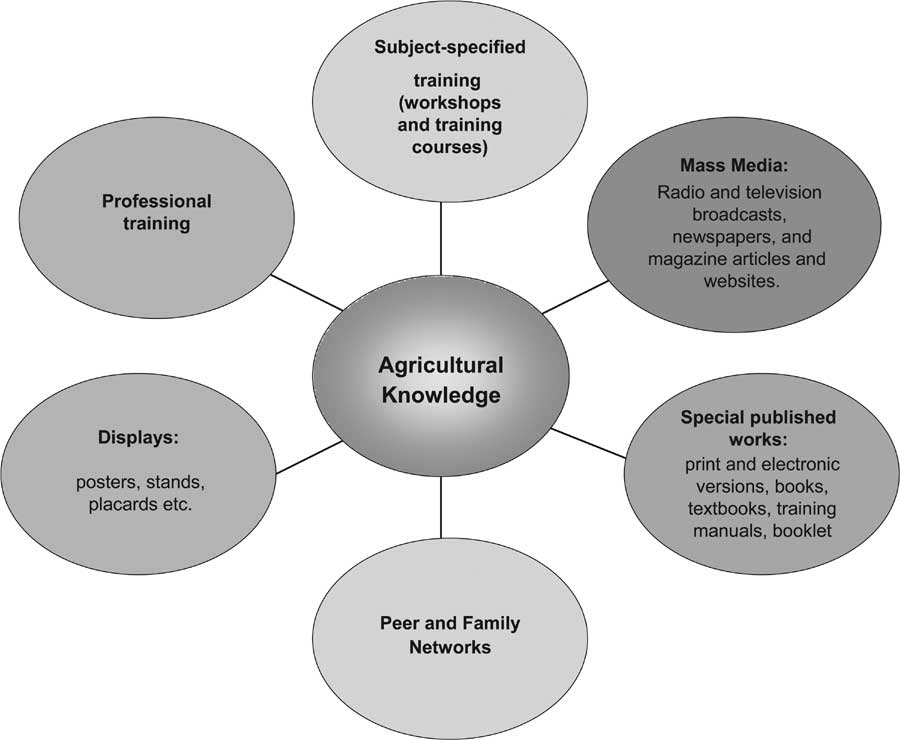
Figure 5-3. Channels for dissemination of agricultural knowledge and information. Source: Authorsâ elaboration.
and videotapes and audiotapes describing how to perform
agricultural operations.
Geographic information systems (GIS) are needed to
store databases about natural resources with a graphical
user interface that enables users to access these data easily
using geographical maps.
Decision support system techniques are needed in many applications:
- Simulating and modeling methods can be used to build computer systems that can model and simulate the effect of different agricultural production policies on the economy and the environment to help top management make decisions.
- Using expert systems technology to improve crop management and track its effect on conserving natural resources is elaborated in Rafea (1999). This technology may also be appropriate for keeping indigenous knowledge (Rafea, 1995, 1998, 2000).
Modern ICTâInternet and Web technologyâis needed to make these systems available regionally and globally. Accessing the Internet will bring a wealth of information to all agriculture stakeholders in rural and urban areas and will help in overcoming the digital divide.
As most farmers in CWANA have no hands-on experience or access to digital networks, leaders of national agricultural research and extension systems should be encouraged to consider the ICT option. Training farm-
ers and extension workers, including women, in ICT will help them access a lot of useful information if each country tries to develop contents in the language people are using (Box 5-2).
5.2.4 Policy adaptations required to realize options
Many of the options related to technological advances, capacity development and knowledge management, which may facilitate overcoming the challenges AKST faces in CWANA, can only be realized and yield impact if policies are adapted accordingly. Policy adaptations may be required at different levels and in various domains.
5.2.4.1 Land-use and land-tenure rights
Land-tenure legislation must guarantee long-term land-use rights to owners and leaseholders if land users are expected to invest in enhancing the productivity and long-term conservation of land. Land-use planning, zoning rules, and management of common lands require participatory approaches to consider the often-conflicting interests of different stakeholders. Since land tenure and use regulations need to be tailored to local conditions, decentralization may foster community or watershed level approaches that integrate the roles of local authorities and national administrations. Specific adaptations to land-use and land-tenure policies in CWANA might include the following:
- Reduce local government interference in land privatization and land use.